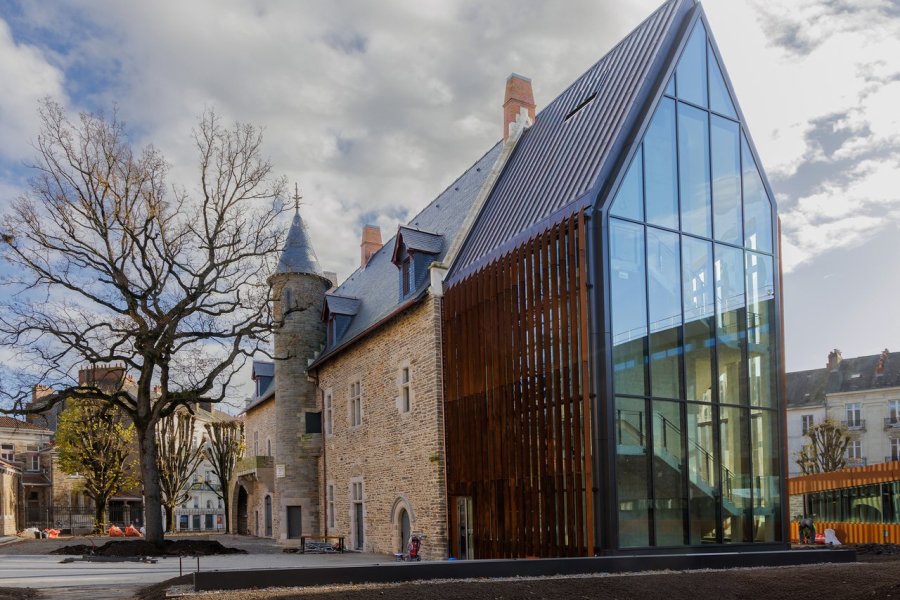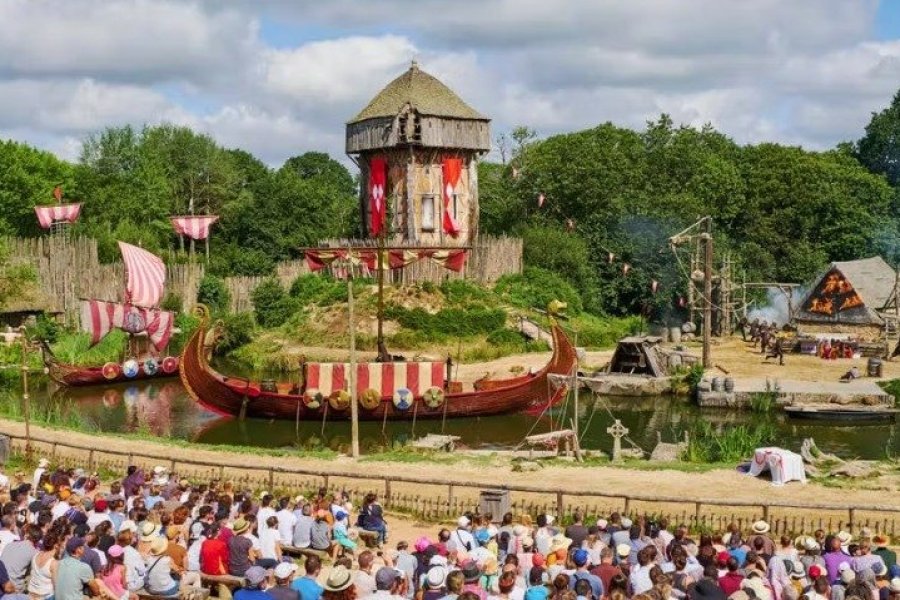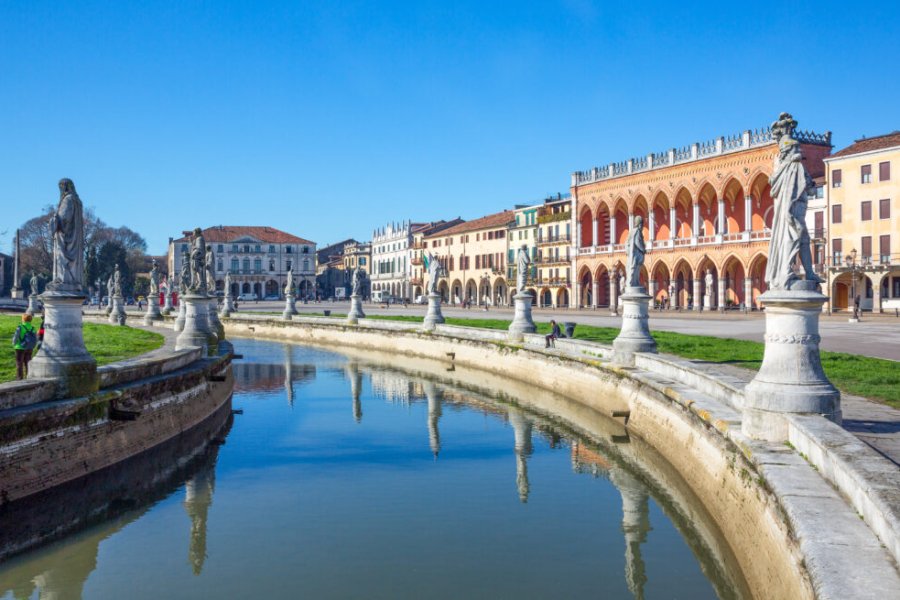
Reopening imminent for the Musée Dobrée in Nantes
Recommended by Tanguy REVAULT
From 05/18/2024 to 12/31/2024 : Nestled in the Graslin district in the heart of Nantes, the Musée Dobrée is about to reopen its doors to the public. Centered around three ...












